There’s nothing quite like waking up to a quiet morning to hear hummingbirds zipping about outside. Besides contributing to the soundscape of a garden, hummingbirds, like bees and butterflies, are also excellent flower pollinators, carrying pollen from one bloom to the next as they feed on nectar with their needle-like beaks. Bonus: They also feed on pests.
If you want to make your garden appealing to hummingbirds in the hopes that they’ll visit you more often, then the best way to do that is by choosing the right plants. Hummingbirds love flowers that are tube-shaped, brightly colored, and full of sweet nectar. There are many plants that fit the bill, but we’ve put together a list of some of the best. Here are our top picks for plants and flowers that attract hummingbirds.
Best for warm climates: Penstemon
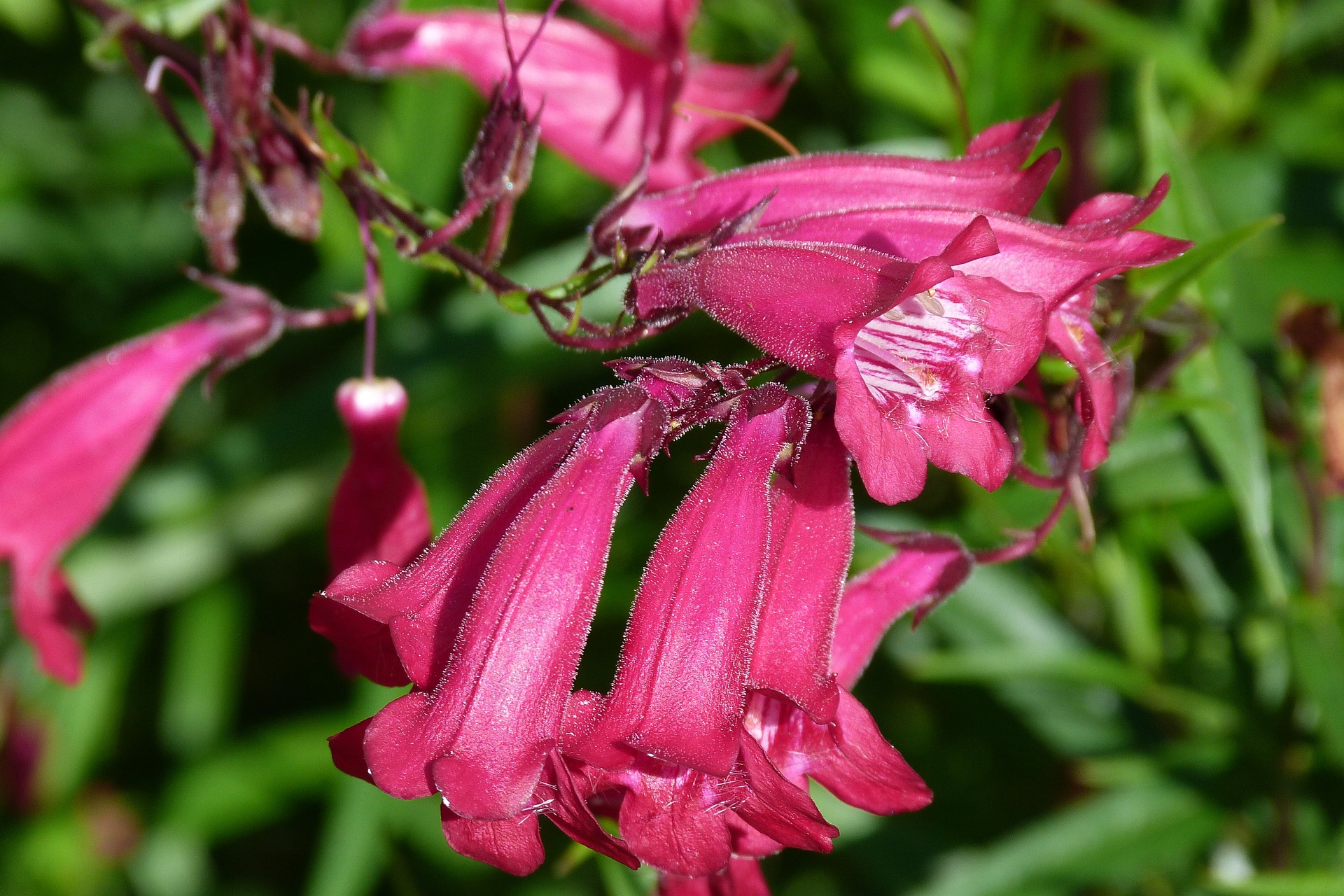
Blooming from mid to late summer, penstemon, or beardtongue, is a resilient bloom with showy flower panicles that are great for hummingbirds to access the nectar. It can have up to 24-inch tall flower spikes and works well in hot, dry gardens in climate zones 3 to 9. The beardtongue flower can tolerate temperatures up to 90 degrees Fahrenheit — just make sure to go easy on the watering and give your flowers sandy, well-draining soil.
Best for cold climates: Cardinal flowers
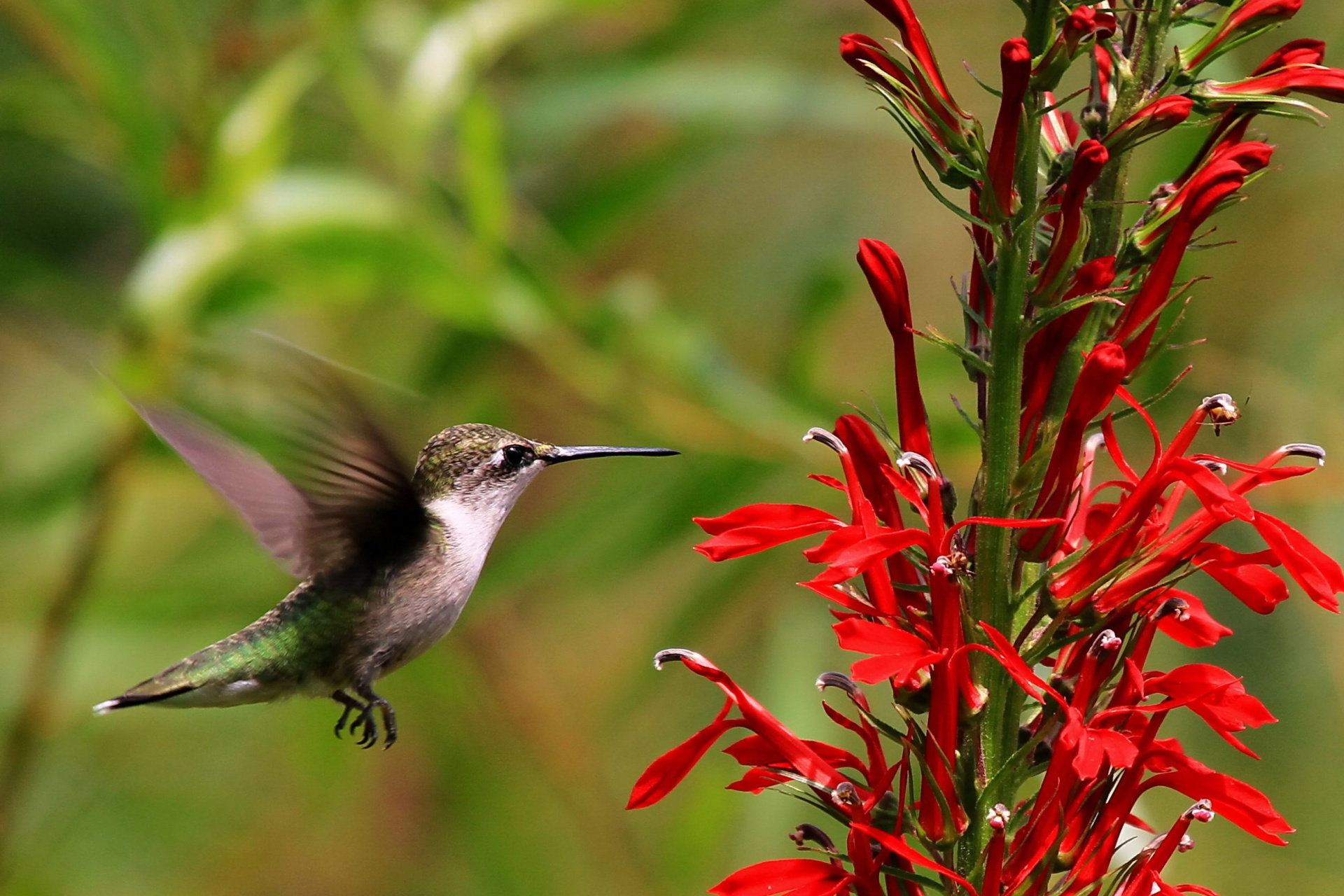
For those living in cooler climates, cardinal flowers are perfect for attracting hummingbirds. Hardy down to climate zone 2, these blooms feature spires of tubular red flowers that self-seed prolifically. If you bring hummingbirds into the equation, they can spread even further throughout your garden, so keep them in check if they become invasive. If you live in a cold area prone to wind, you want to make sure to stake your flowers. Cardinal flowers also appreciate moist soil and don’t tolerate sitting in a dry growing medium.
Best for full-sun conditions: Salvia
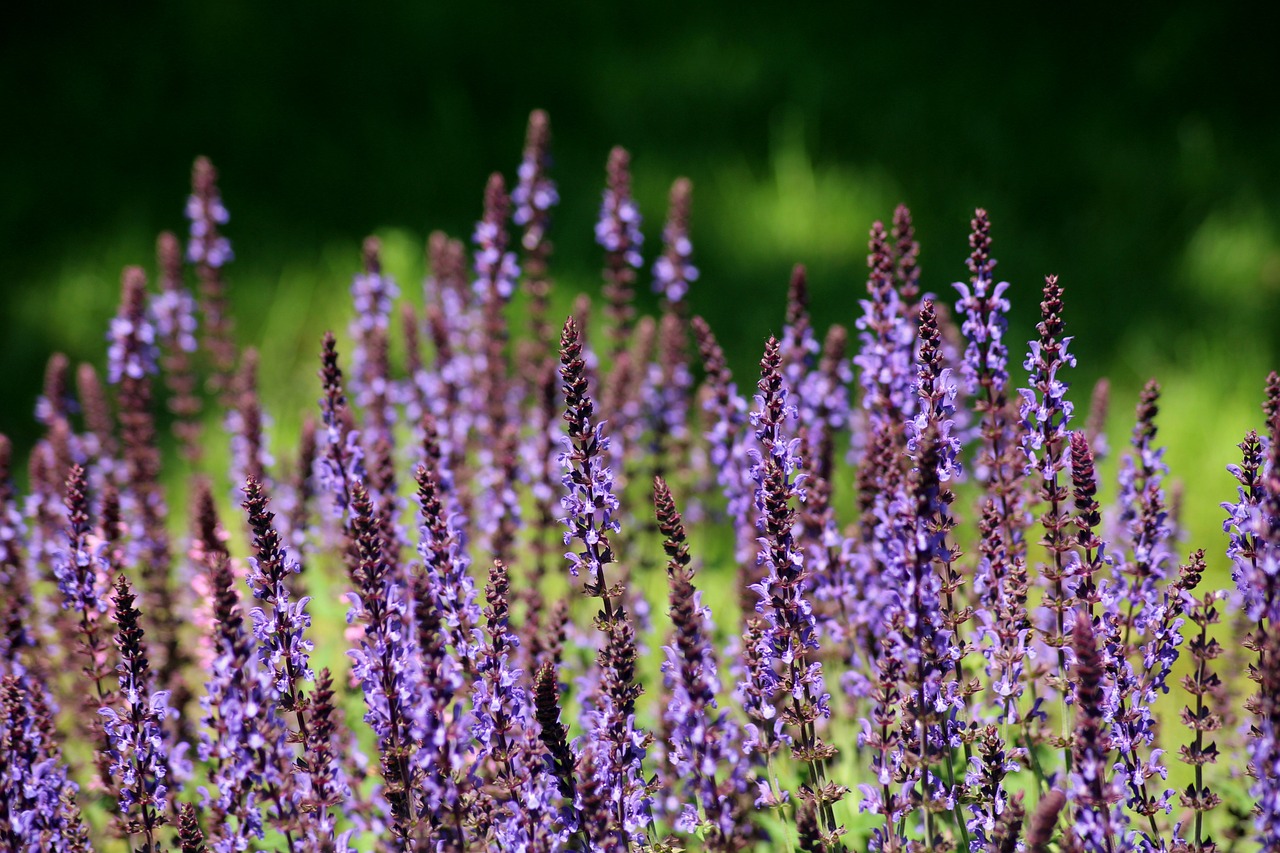
Perfect for climate zones 5 through 9, salvia is a go-to hummingbird magnet, and it also happens to be great for full-sun conditions. A part of the Lamiaceae (or mint) family, it features vibrant flower spikes that can bloom throughout the summer. Salvia can be a fast spreader — a hardy contender for hot and dry conditions.
The stalks can grow anywhere between 18 inches to 5 feet tall, so choose a suitable variety for where you’re keeping your plant in your garden. Other than attracting hummingbirds and butterflies, they also repel deer and rabbits with their pungent leaves.
Best for partial or full-shade conditions: Fuchsia
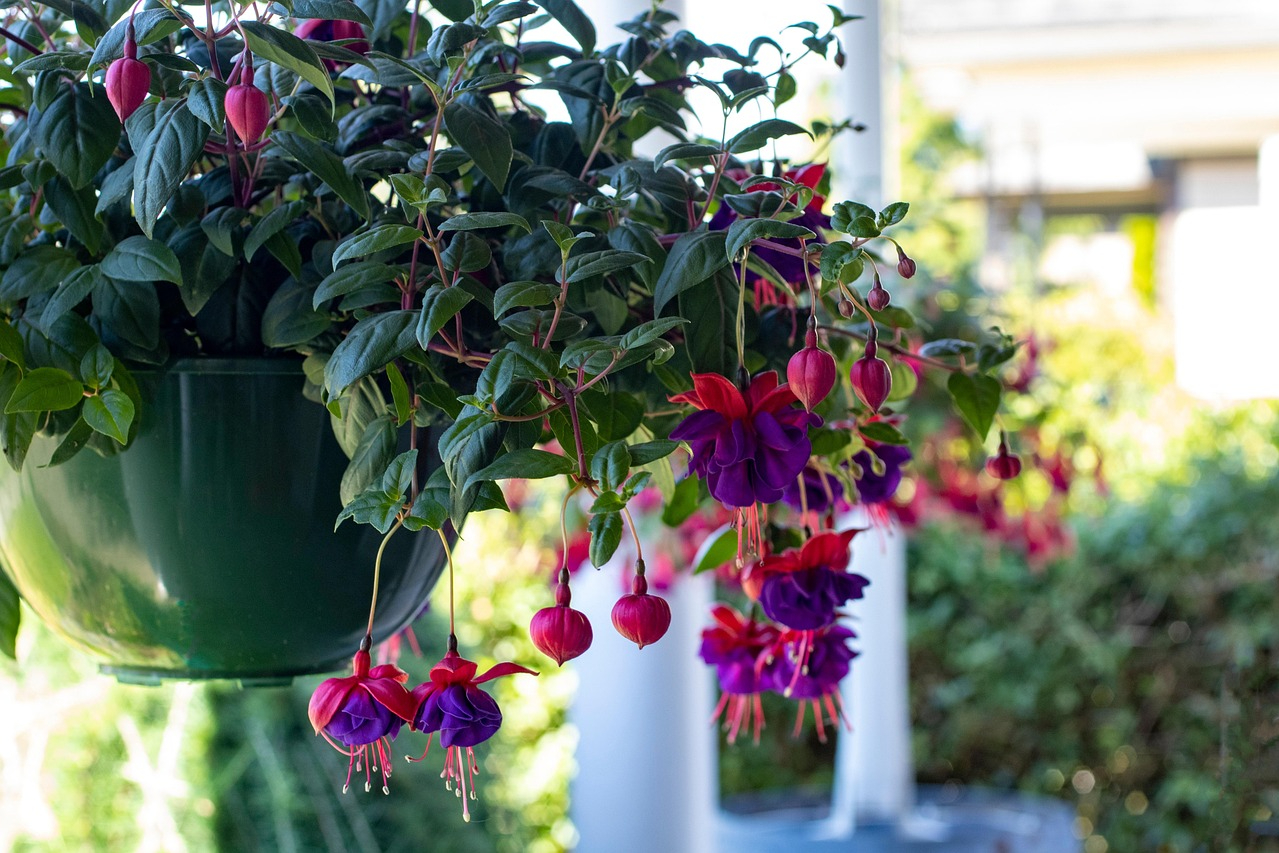
Even those who don’t get full sun in their gardens can enjoy the presence of zippy hummingbirds. Tender perennials in zones 10 and 11, vibrant fuchsias do best in shady areas where their soil can’t heat up too much — a shady refuge is especially paramount during the hottest days of summer. Fuchsias do have a bit of a reputation for being finicky. Other than protecting them from heat, you want to make sure you never let them sit in wet soil. When their beautiful hanging blossoms open up, pinch them back to keep the flowers coming.
Best for drought-tolerant gardens: Bee balm

Bee balm is a pollinator magnet through and through — it attracts bees and butterflies, in addition to hummingbirds, with its scarlet, tubular flower heads that thrive in the summertime. Established plants can brave tough drought conditions, but you still want to stick with a consistent watering schedule to prevent issues like powdery mildew and browning, curling foliage. Keep your plant in sandy soil with good drainage.
Best perennial shrub: Rhododendron

Flowers come and go throughout the year, but you can enjoy a perennial flowering shrub through all the seasons with rhododendrons. This evergreen plant features dark, leathery leaves year-round, as well as showy clusters of flowers that attract hummingbirds in the spring. Rhododendrons are ideal for climate zones 5 through 8, but make sure to choose a larger, more established plant if you live in a warm region.
Best ground cover: Bugleweed
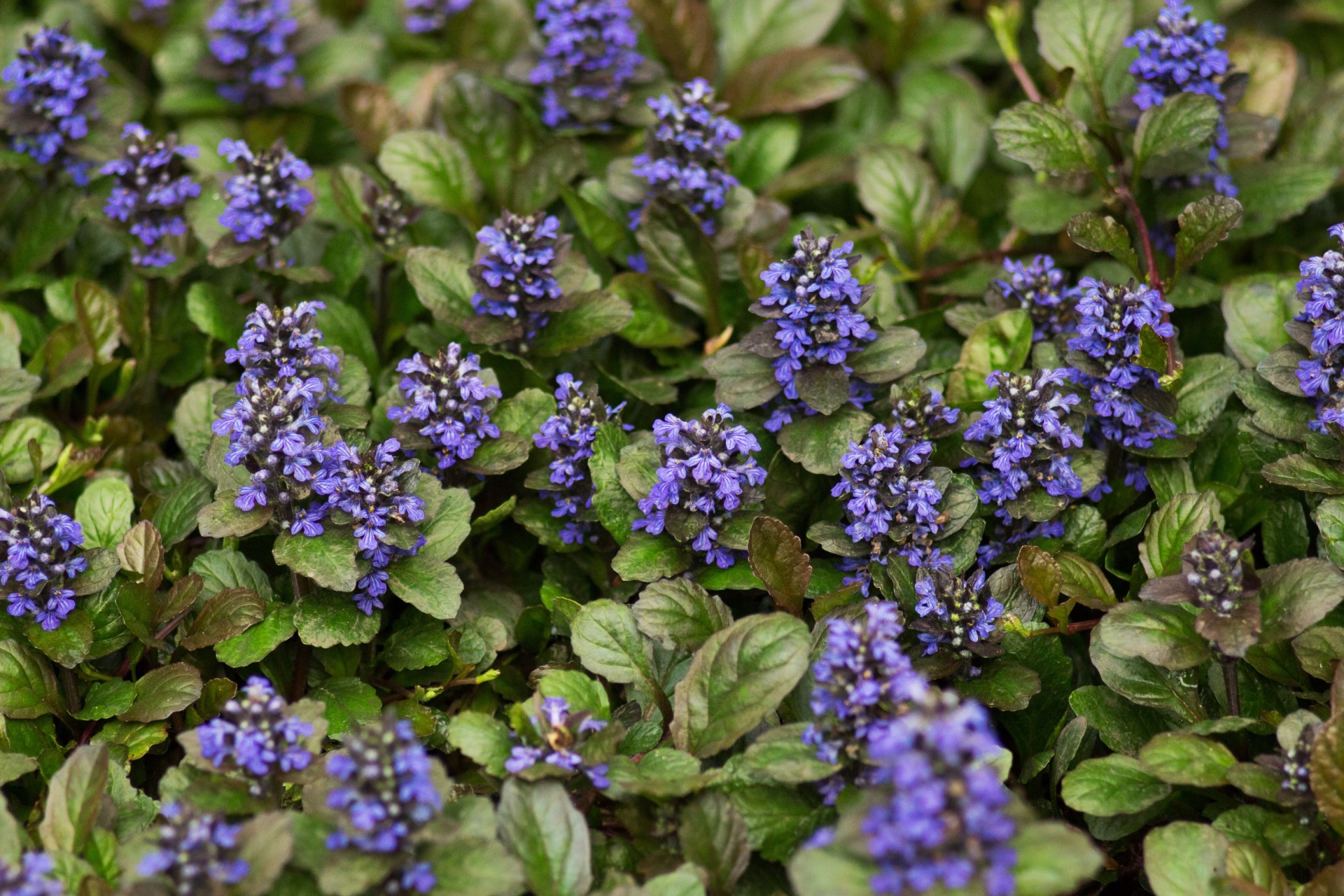
You don’t need to keep your hummingbird magnets enclosed in a garden bed or planter — you can actually attract hummingbirds with a blooming ground cover like carpet bugleweed. Growing about 3 to 6 inches tall and spreading about 1 foot out, this hummingbird flower is great for filling out those tight corners in your garden. Good for climate zones 3 to 9, it typically features glossy foliage and small clusters of purple blooms.
Best for desert areas: Chuparosa
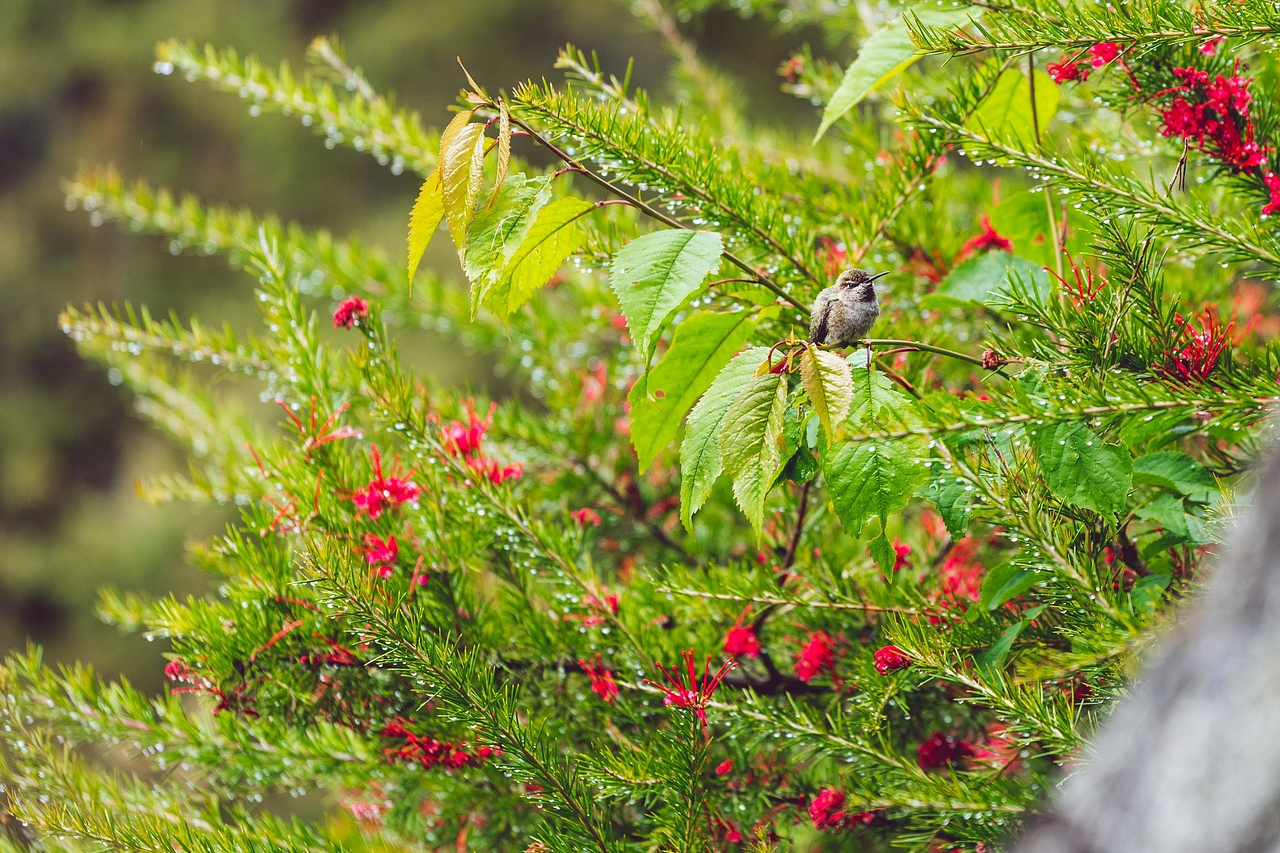
Chuparosa shrubs are also called hummingbird bushes, so it’s no wonder they’ve made the list. These lovely shrubs with their rich green leaves and vibrant red flowers are a perfect garden addition if you live in the American Southwest. Native to the Sonoran Desert in southern California, Arizona, and Mexico, chuparosa shrubs thrive in hot, dry weather.
If you’ve struggled with growing plants due to how intense the sunlight is in your yard, you shouldn’t have any issues growing these wonderful plants. The flowers are a favorite food source of hummingbirds, including the rufous hummingbird which migrates through its native range.
Now that you have an idea of what conditions these common hummingbird-friendly flowers can handle, go ahead and choose one that suits your garden environment. With the help of a small birdbath or feeder, you can greet these lovely creatures when they come out to visit this spring and summer.




